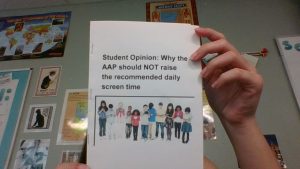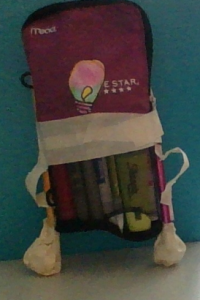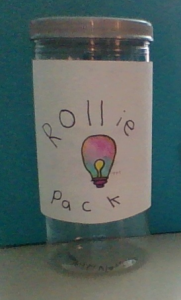To start our project, we made a business model to provide a template of how things were supposed be and happen with our stands and lemonade. In the business model it asked questions on how we were going to set up our company( name) and our lemonade( flavor, color, sparkling or energy drink). The business model asked what kind of products we would be selling. For example, the lemonade and also extra snacks on the side such as pretzels or cookies. The business model also had us come up with an age demographic our lemonade would be targeted too and plan how we are going to advertise our product(posters, signs). We also chose what our packaging would look like. In the business plan we also added what ingredients we needed for our lemonade and what they cost. Once we figured out the total cost of the ingredients, you have to figure out how many cups of lemonade you are making, and then divide the total cost by the number of cups to get how much one cup costs to make. Then, once you figure out the cost to make a cup, you have to choose how much your lemonade is going to cost.
During the process of the project, I made many choices, decisions, and changes to my lemonade and design. At first I wanted to make a blue lemonade to mimic pink lemonade, but that idea was boring so I decided to make strawberry lemonade that was blue colored. I also made the decision that I wanted to sell cookies at my lemonade stand. I then created my company name. Since I had no idea what to name my company, one of my friends suggested blue lemon, so I chose that name. Next I figured out my pricing. When I was figuring out the pricing I had to base it off the cost it takes make a cup. After changing it many times, I finally decided on having my price be $1.25 for my lemonade and 75¢ for a cookie. Once I decided on my pricing I made my logo and packaging. For my logo, I used a logo creator website and found a picture with a lemon being squeezed into a pitcher. I edited the lemon to be blue and then added my company name at the bottom. For my cup, I was just going to use a solo cup but then I decided to find blue solo cups and add my logo onto them. In conclusion, I made many choices, decisions, and changes during the process of creating my lemonade.



